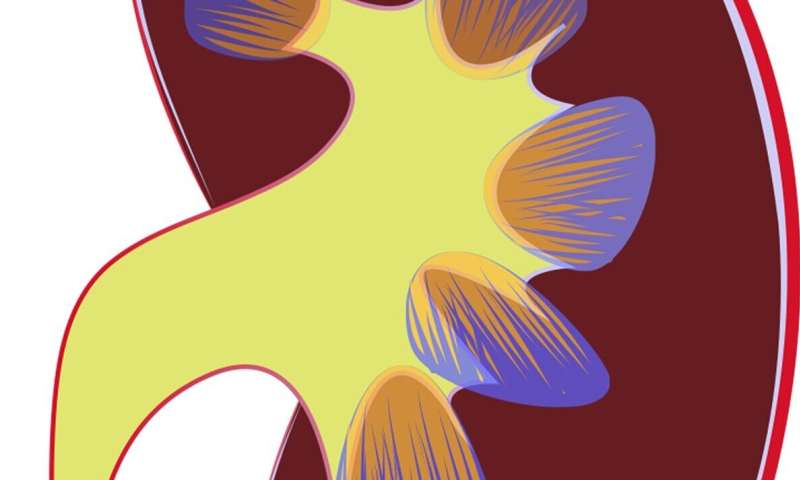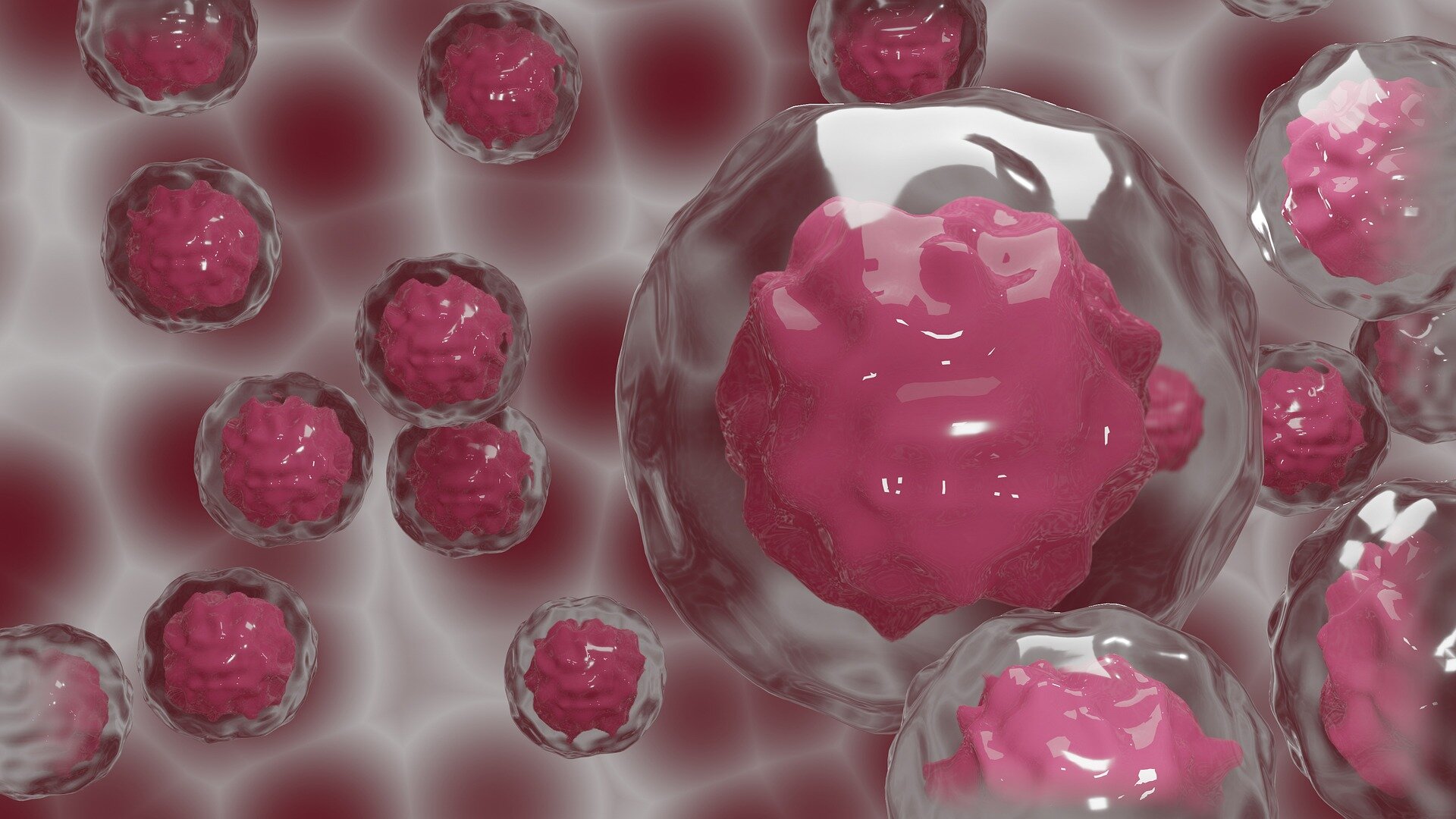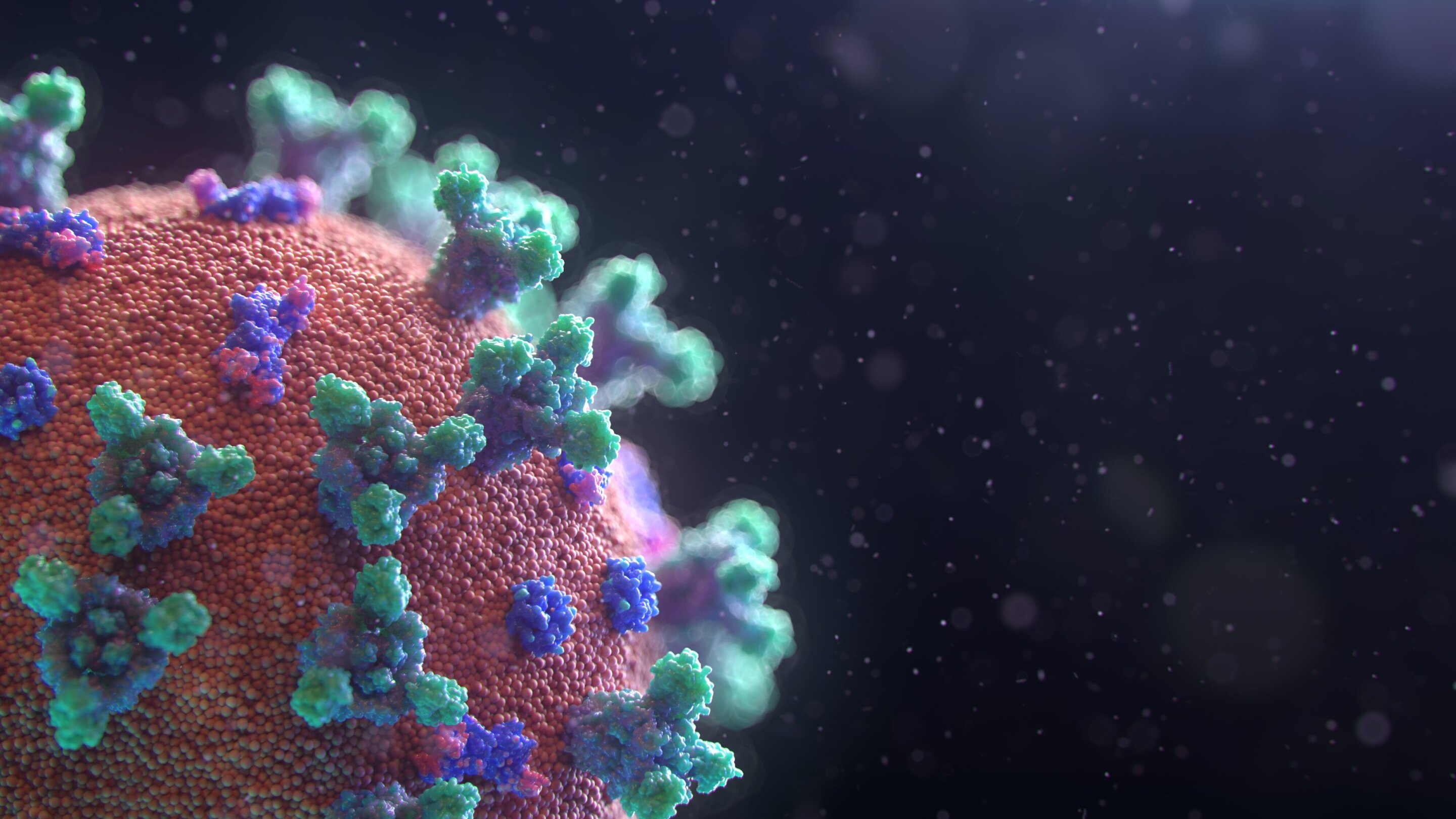#Researchers identify key steps in development of kidneys
“#Researchers identify key steps in development of kidneys”

The discovery of how certain key structures in the kidneys are formed could have important implications for treating renal fibrosis (or scarring), a feature of chronic kidney disease (CKD), according to a new study by a researcher at Massachusetts General Hospital (MGH).
Interestingly, the research that led to these findings, published in the journal Developmental Cell on June 17, 2020, arose from a previous study on the genetic origins of a rare skin disorder.
In the earlier study, Alexander G. Marneros, MD, Ph.D., a physician-scientist at Mass General’s Cutaneous Biology Research Center and an associate professor of Dermatology at Harvard Medical School, and colleagues examined families affected by a rare skin condition called Scalp-Ear-Nipple (SEN) syndrome.
Their work found that this syndrome is caused by a mutation in a gene called KCTD1, about which little was known at the time. “This raises the question of what the physiological function of this gene is,” says Marneros, author of the Developmental Cell paper.
Surprisingly, he found that mice bred to lack the KCTD1 gene developed severe renal fibrosis and kidney failure.
Moreover, Marneros observed that patients with KCTD1 mutations in the SEN syndrome families also developed CKD with renal fibrosis. These findings suggested that the KCTD1 gene plays an important function in the kidney.
In this new study, Marneros shows that a protein known as transcription factor AP-2 beta induces expression of KCTD1 in kidney structures called distal convoluted tubules (DCTs).
DCTs play an important role in reabsorbing salt from urine and thereby preventing excessive urine production. DCTs form from progenitor cells in the developing kidney in a process called differentiation. Which genes control the differentiation process that leads to fully functional DCTs was previously unknown.
Marneros discovered that AP-2 beta is the key to forming early-stage DCTs. “If you don’t have AP-2 beta, you don’t form DCTs,” he says. After early-stage DCTs are formed during kidney development, AP-2 beta induces expression of KCTD1, which triggers a second step in the differentiation process that allows DCTs to mature and become fully functional.
Inactivating KCTD1 in mice blocks early-stage DCTs from differentiating into mature DCTs.
As a result, the animals’ ability to reabsorb salt from urine was impaired and led to excessive urine production. Furthermore, the KCTD1 gene was also found to be required for a DCT to maintain its function throughout adulthood.
Importantly, this study revealed that kidneys of adult mice lacking the KCTD1 gene showed increased activation of a protein called beta-catenin. Beta-catenin is essential for proper kidney development, but is normally suppressed in the adult kidney.
This abnormal reactivation of beta-catenin promoted renal fibrosis and cyst formation in the mice as they aged. Using genetic tools to reduce the beta-catenin reactivation in the adult kidney inhibited renal fibrosis and deterioration of kidney function in the mice without the KCTD1 gene.
“This study answers fundamental questions about kidney development, specifically how DCTs form and mature,” says Marneros. “The results suggest that therapeutic approaches to block reactivation of beta-catenin or related molecules in the adult kidney could inhibit renal fibrosis.”
More information:
Alexander G. Marneros, AP-2β/KCTD1 Control Distal Nephron Differentiation and Protect against Renal Fibrosis, Developmental Cell (2020). DOI: 10.1016/j.devcel.2020.05.026
Researchers identify key steps in development of kidneys (2020, June 18)
retrieved 18 June 2020
from https://phys.org/news/2020-06-key-kidneys.html
This document is subject to copyright. Apart from any fair dealing for the purpose of private study or research, no
part may be reproduced without the written permission. The content is provided for information purposes only.
If you want to read more Like this articles, you can visit our Science category.
if you want to watch Movies or Tv Shows go to Dizi.BuradaBiliyorum.Com for forums sites go to Forum.BuradaBiliyorum.Com



